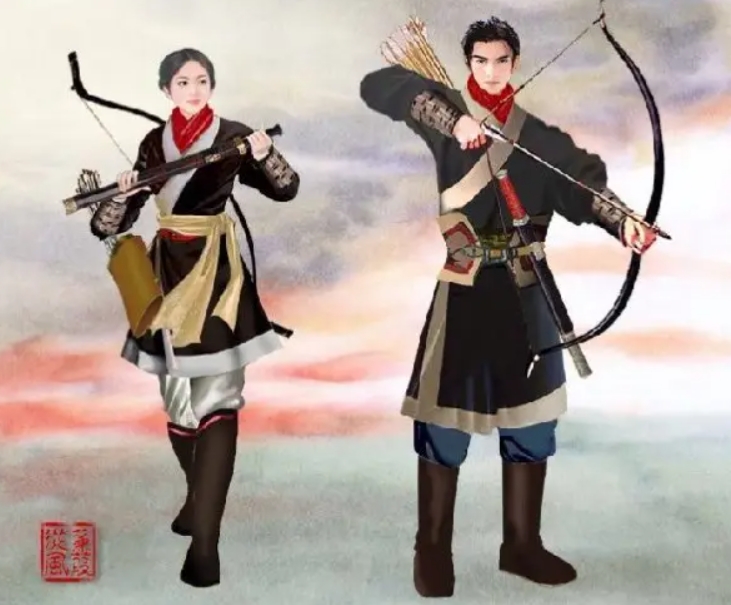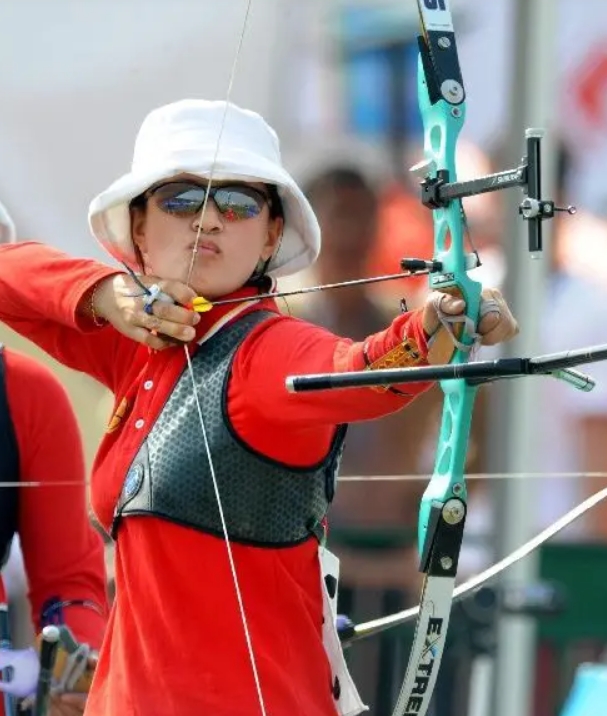Release time:2025-01-13 14:59:28Clicks:author:SPG ArcheryMain categories:Bows, Arrows, Archery Accessories

1. Era division: traditional bow, modern bow
A. Traditional bow: From the previous articles, we already know that the bow is an ancient invention. In ancient my country, there was a tradition of making bows and arrows. It is said that bows and arrows were invented in my country as early as the time of Emperor Huangdi. The manufacturing technology of traditional bows in my country is very advanced and plays a very important role in the military wars in ancient my country. Traditional bows have played a very important role in ancient and modern China. my country still retains the manufacturing technology of traditional bows, which is a very precious national cultural heritage.
Manufacturing method: The traditional bow consists of three parts: wood, horn and tendon. The unstrung composite bow is bent outward, and the back of the bow (the side facing the target) is made of wood. The back of the bow consists of three parts: a pair of bow arms and a bow handle. The wooden part is mostly made of maple, dogwood or mulberry, or a variety of woods at the same time. The bow face (the side facing the archer) is made of horn. Horns are used to strengthen the bow arms. Nomadic peoples will choose buffalo horns or wild goat horns. Because the horns of buffalo are more elastic and longer than those of other animals, the horns of buffalo are the most popular among nomadic peoples. Ancient ancestors would use fish glue to stick the animal's hind leg tendons (from cattle, deer, etc.) to the wooden back of the bow. The reason is that the tendons are like rubber bands, and can quickly return to their original position after being pulled, greatly accelerating the flight speed of the arrow. A pair of wooden bow arms are equipped with bow tips at the end. Most historians believe that this was invented by the Huns. The bow tip enhances the potential of the bowstring and reduces the force required to pull the string, making the arrows fired by the composite bow more lethal.
Famous traditional bows: Japanese bows, English longbows, Qin bows, Mongolian bows, Korean bows, etc.
B. Modern bows: products of modern technology, using pulleys to save effort and relying on composite materials, and are composed of spring sheets, support grips, strings and other components. Modern compound bows are the fastest to use, with high accuracy and great power. It is easy to pull, aim, pull the trigger of the release device, and it will be fine. Unless the compound bow is a special hand-release compound bow, other compound bows cannot be drawn directly by hand. You need to put a release device on your hand and use the release device to hook the bowstring to draw the bow. After each shot with a compound bow, you should check whether the arrow shaft has hidden injuries. If there are hidden injuries and you shoot again without checking them out, the arrow shaft will be squeezed and broken by the huge thrust of the bowstring before it is shot out, and the broken arrow shaft will most likely be directly inserted into your bow holding hand. This is what the industry calls a burst arrow. It is powerful and dangerous. Other bows are not as powerful as compound bows, so any arrow shaft can be used, and there is no worry about burst arrows. In addition, the compound bow has a slow shooting speed.
Modern compound bow
2. Bow type classification: recurve bow, straight-pull bow
Recurve bow: A recurve bow is a bow that looks different from an ordinary longbow from the side: a recurve bow without a bowstring has its bow arm bent outward at the end. Recurve bows are divided into: competitive recurve bows and hunting recurve bows.
a. Competitive recurve bow: The type used in the Olympics, with shooting accuracy as the goal, and there will be many accessories. For example, sights, but the accuracy is not as good as compound bows, the pulling force is relatively small, and the lethality is low, so it can only be used for competition.

Competition recurve bow
b. Hunting recurve: used for hunting, with a larger poundage, and the accessories are usually only arrow rests. There are no sights, and you have to estimate the aim. The two shooting methods are basically the same, both of which are Mediterranean three-finger stringing. Because modern recurves have arrow rests, the accuracy is higher than traditional bows.
3. Material technology: single bow, compound bow
Single bow: In human history, early bows were made of a single material (except bowstrings), called "single material bows", also called "single bows", and generally only one material was used. Bows made of animal horns, bamboo, wood, fish glue and beef tendons.